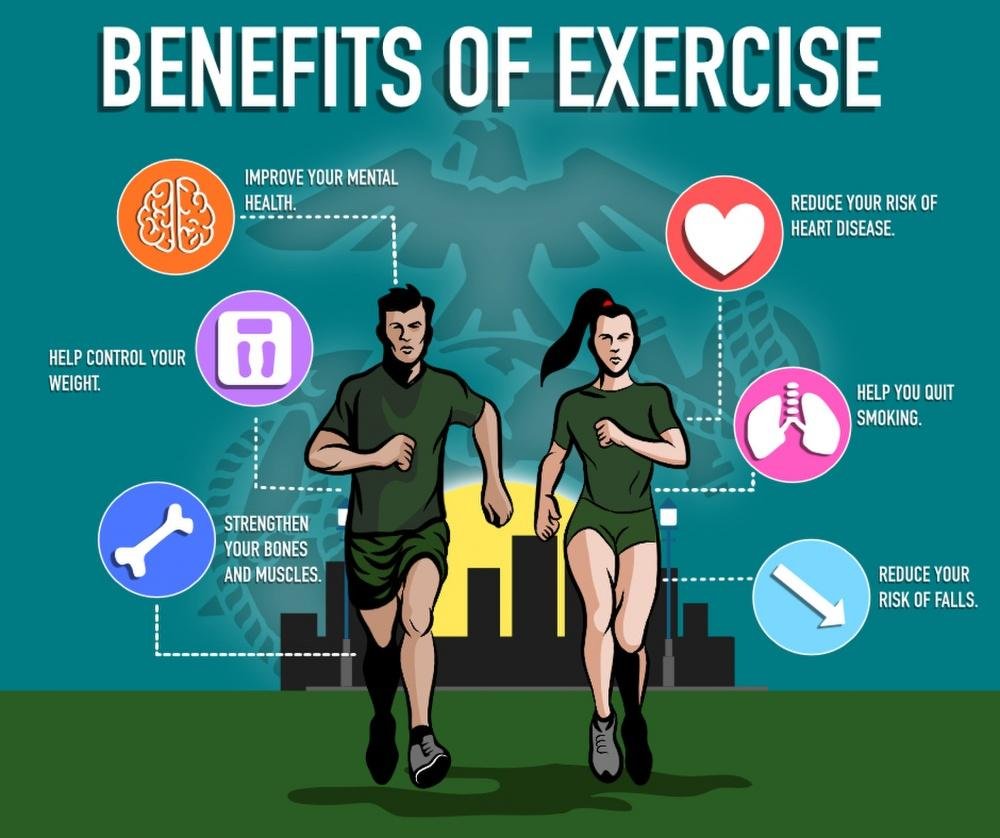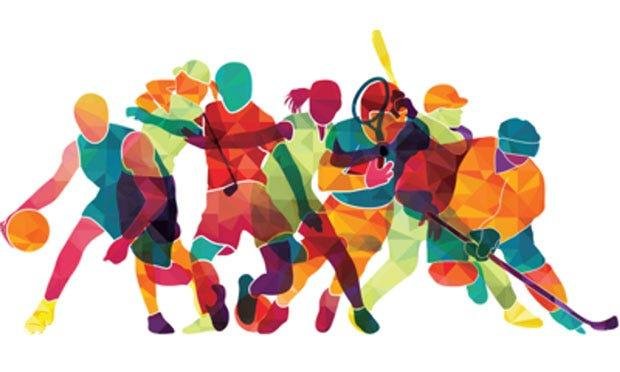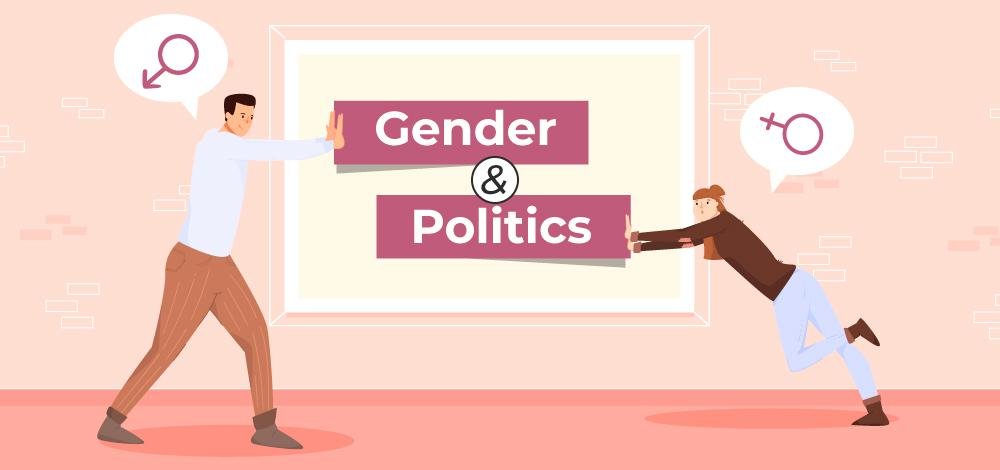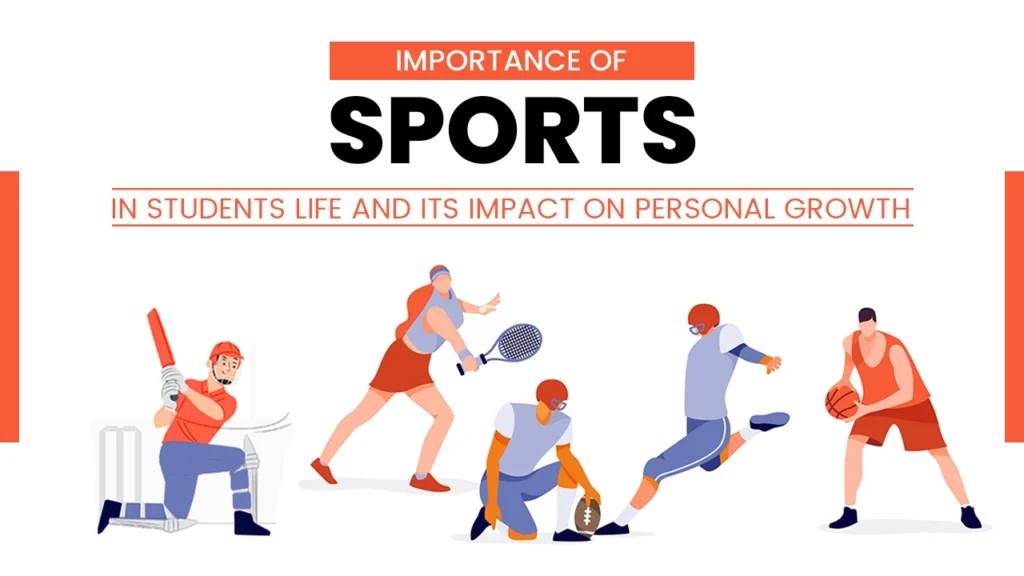Sports Injuries
Sports Injuries: Prevention and Treatment
Sports injuries can range from minor bruises and strains to more serious conditions such as fractures and ligament tears. In this article, we will explore the best ways to prevent and treat sports injuries.

Participation in sports and physical activity is an excellent way to stay healthy and fit. However, sports injuries are a common occurrence, especially among athletes and active individuals.
Rest and IcePrevention:
Warm-up and Stretching
Before engaging in any physical activity or sports, it is important to properly warm up and stretch. This can help increase blood flow to your muscles and prevent injuries. A good warm-up should consist of light cardio, such as jogging or jumping jacks, followed by stretching exercises that target your major muscle groups.
Use Proper Equipment
Using the right equipment can help prevent injuries. For example, wearing a properly fitting helmet can prevent head injuries during contact sports such as football and hockey. Similarly, wearing supportive shoes with good traction can prevent slips and falls during running and other sports.
Practice Good Technique
Using a proper technique is important in preventing sports injuries. This is especially true for activities that involve repetitive motions, such as running and tennis. Make sure to learn and practice proper techniques from a qualified coach or trainer.
Take Breaks and Rest
Overuse injuries can occur when the body is subjected to too much stress without adequate rest and recovery. It is important to take breaks and rest in between physical activity or sports. This allows your body time to recover and prevent injuries.
Treatment:
Rest and Ice
Rest and ice are the first steps in treating many sports injuries. Resting the injured area and applying ice can help reduce pain also swelling. Ice should be applied for 20-30 minutes at a time, several times a day.
Compression
Applying compression to the injured area can help reduce swelling also provide support. Compression can be achieved with an elastic bandage or compression sleeve.
Elevation
Elevating the injured area above the heart can help reduce swelling and promote healing. This is particularly effective for lower extremity injuries, such as ankle sprains.
Pain Relief
Over-the-counter pain relief medications such as ibuprofen or acetaminophen can help relieve pain and reduce inflammation.
Physical Therapy
In some cases, physical therapy may be necessary to rehabilitate an injured area. Physical therapy can help strengthen the injured area, improve the range of motion, and prevent future injuries.
Surgery
In severe cases, surgery may be necessary to repair a sports injury. This is particularly true for injuries such as torn ligaments or fractures.
Preventing sports injuries is always the best approach. However, if an injury does occur, prompt treatment is important. With proper treatment, many sports injuries can be successfully managed also athletes can return to their sports or physical activity.
Conclusion
Sports injuries are a common occurrence among athletes and active individuals. Preventing sports injuries is crucial to maintaining a healthy and active lifestyle.
Proper warm-up and stretching, using the right equipment, practicing good technique, also taking breaks and rest are all important in preventing sports injuries.
If an injury does occur, prompt treatment is important to prevent further damage and promote healing. Rest and ice, compression, elevation, pain relief, physical therapy, and surgery are all important treatment options for sports injuries. 온라인카지노사이트



















